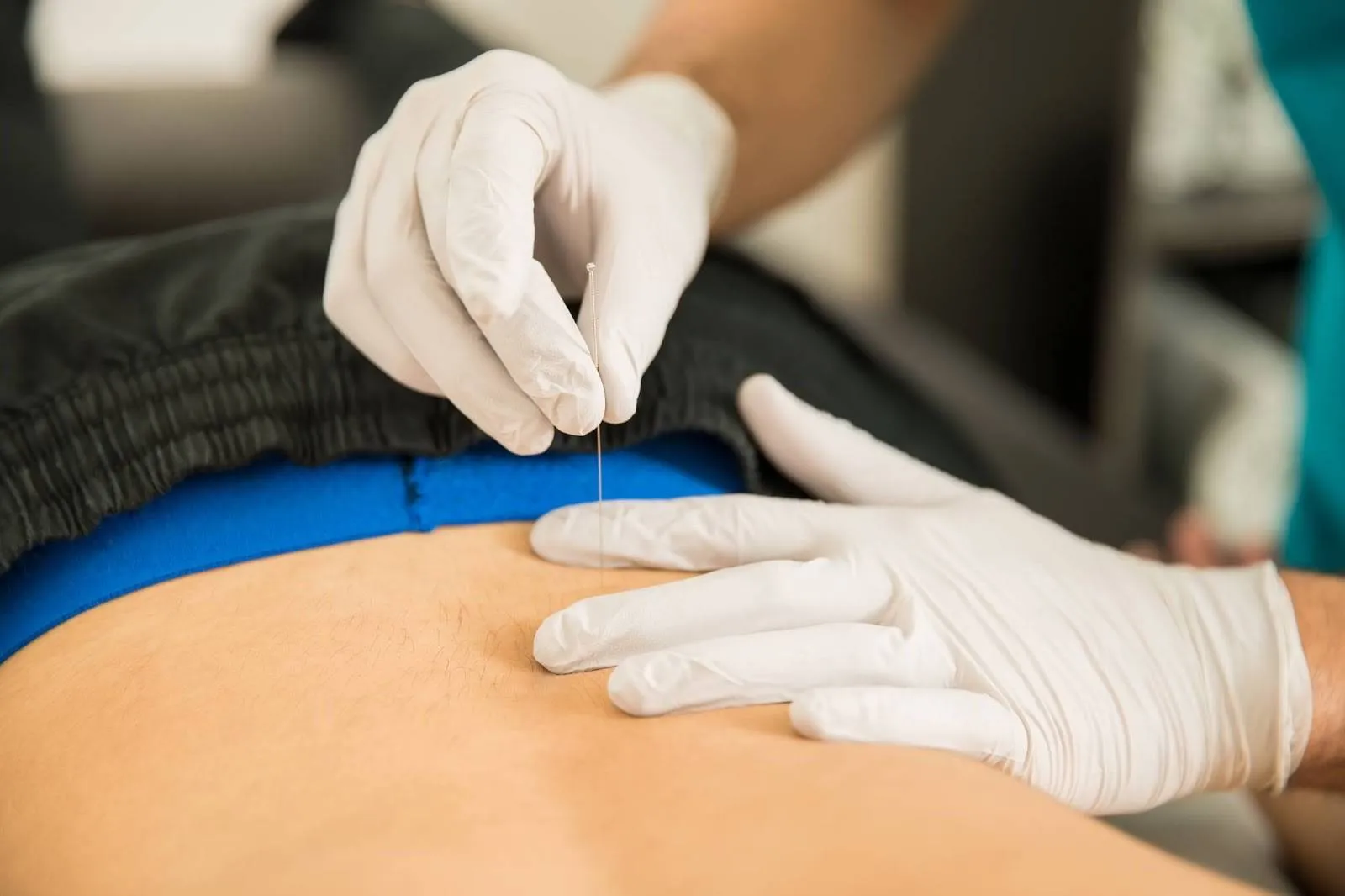Dry needling is a physical therapy technique that uses needles to relax muscle tension, relieve tendonitis and inflammation, and promote healing. It’s an effective treatment for conditions like carpal tunnel syndrome, neck pain, shoulder pain, knee osteoarthritis, and migraine headaches. Dry needling stimulates the body’s natural healing process, draws nutrient-rich blood to the site, and dissipates inflammatory mediators. This can improve pain control, correct motor end plate dysfunctions, and expedite active rehabilitation to get back to normal.
Reduces Pain
Dry needling can enhance physical therapy‘s recovery process and encourage healing by eliminating potential trigger points. Trigger points are knotted muscles that cause pain and restrict movement. They may be caused by physical activity, stress, or injury, and left untreated; they can cause other parts of your body to hurt and become sensitive to touch. When left untreated, trigger points may spread throughout your body, creating an uncomfortable environment and limiting movement.
A trained therapist can identify these trigger points and insert needles directly into them to reduce pain and increase flexibility. Some people feel immediate relief after a session, while others may need additional sessions.
Dry needling, unlike acupuncture, which uses unsterile needles, is a painless procedure due to the small, sterile needles used. It can be used on patients of any age and condition—even those with chronic muscle tightness—and it has proven safe and effective for many people who haven’t responded to other forms of treatment.
Relieves Tension
Dry needling is an effective treatment for muscles that have not responded to traditional mobile physical therapy treatments such as stretching or massage. It’s especially useful for athletes since it eliminates restrictive muscle knots that reduce movement, speed, and power.
At a dry needling session, our doctors and physical therapists insert needles into areas on your body with trigger points – those muscle knots that cause pain when touched or moved.
Hyperirritability can be caused by a number of factors, including injury, stress, poor posture, and repetitive motions. Stimulating the muscles with needles helps them release tension and boosts blood flow.
Circulating oxygen and nutrients to your muscles increases circulation, relieving them after just one session. Many patients feel immediately relaxed after just one session, though more may be needed for optimal results.
Reduces Inflammation
Dry needling is an effective way to reduce inflammation in the body. Inserting needles into trigger points releases natural chemicals in muscles which help decrease pain levels, such as bradykinin, CGRP, substance P, tumor necrosis factor, interleukin-1 and serotonin.
Research has confirmed that dry needling is a safe, effective treatment for myofascial pain syndrome and fibromyalgia, two conditions characterized by widespread muscle pain and tenderness around trigger points in the fascia – connective tissue that surrounds and supports all muscles, nerves and blood vessels – located around and beneath your skin.
Your physical therapist will sterilize the area and use one hand to palpate (feel) for trigger points. They then insert very fine, sterile microfilament needles into these trigger points, causing muscles to contract and then relax, improving flexibility and relieving symptoms.
Increases Flexibility
Dry needling has often been known to increase flexibility. Tight muscles can lead to decreased range of motion and stiffness, which in turn limits your ability to do what you enjoy most – move, stretch, and exercise!
Dry needling, the practice of stimulating myofascial trigger points (muscle knots) with fine filament needles, increases blood flow and flexibility in muscles so you can return to an active lifestyle. Not only that but dry needling also enhances range of motion and speeds up recovery time for injuries.
Trigger point dry needling can be used to benefit a range of conditions, including back pain and sciatica, neck pain, tennis elbow, shoulder impingement, shin splints, and knee/hip problems. When used in combination with manual therapy and therapeutic exercises to retrain tissue and increase flexibility.
Myofascial trigger points are painful muscle knots that prevent your muscles from stretching as they should, leading to shortening. Without treatment, this reduced flexibility may make it difficult to recover from.
If you’re experiencing pain or tension and want to explore dry needling as a treatment option, don’t hesitate to contact us at Direct Orthopedic Therapy. Our team of specialists is here to help you on your path to recovery.



